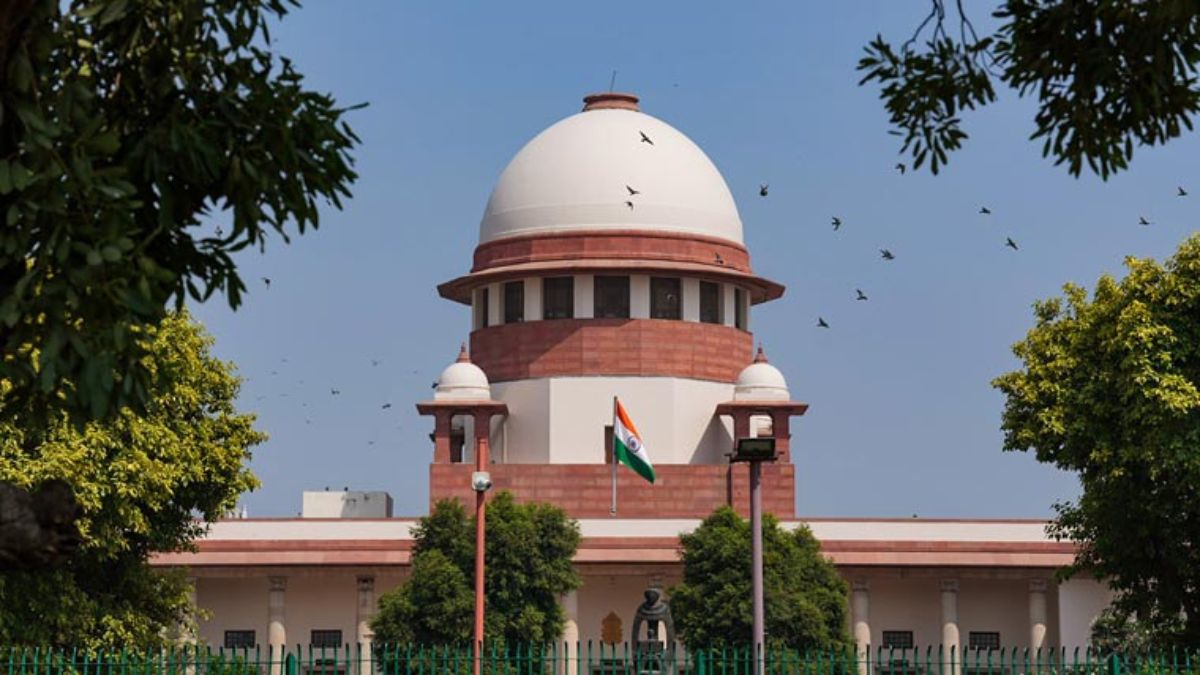‘Urdu was born in this land’: SC upholds use of language on municipal signboard in Maharashtra
 Representational image | PTI
Representational image | PTI
The Supreme Court while upholding the use of Urdu on a municipal signboard in Patur, Akola district, Maharashtra, rejected the claims that it is alien to India. The order came on a petition filed by former councillor Varshatai Sanjay Bagade, who argued that only Marathi should be used under the Maharashtra Local Authorities (Official Languages) Act, 2022.
A bench of Justices Sudhanshu Dhulia and K. Vinod Chandran, emphasised Urdu’s deep roots in India, calling it an Indo-Aryan language born and nurtured on Indian soil, akin to Hindi and Marathi.
The bench debunked the misconception that Urdu is tied to a specific religion, particularly Islam, describing such views as a pitiable digression from India’s unity in diversity.
Tracing Urdu’s origins to the cultural synthesis of northern and central India, the top court highlighted its role in the Ganga-Jamuni tehzeeb and noted that Urdu evolved to facilitate communication across diverse communities, incorporating Persian, Arabic, and local linguistic elements and said, “This is not an occasion to have an elaborate discussion on the rise and fall of Urdu, but this much can be stated that this fusion of the two languages Hindi and Urdu met a roadblock in the form of the puritans on both sides and Hindi became more Sanskritized and Urdu more Persian.”
The case stemmed from Bagade’s challenge to the Bombay High Court’s 2021 ruling, which permitted Urdu alongside Marathi on the municipal signboard. The Supreme Court upheld this, stating that both languages hold equal status under Schedule VIII of the Constitution. It further clarified that the 2022 Act does not prohibit Urdu’s use, especially for effective communication with locals familiar with the language.
The top court stressed that language is a cultural bridge, not a divider, urging society to embrace Urdu and all Indian languages and called for courage in confronting prejudices, stating, “Our strength can never be our weakness. Let us make friends with Urdu and every language.”
“A schism exploited by the colonial powers in dividing the two languages on religion. Hindi was now understood to be the language of Hindus and Urdu of the Muslims, which is such a pitiable digression from reality, from unity in diversity, and the concept of universal brotherhood," the Court said adding, “The prejudice against Urdu stems from the misconception that Urdu is alien to India. This opinion, we are afraid, is incorrect as Urdu, like Marathi and Hindi, is an Indo-Aryan language. It is a language which was born in this land,” the top court ruled.
The top court also stated, “Language is not religion. Language does not even represent religion. Language belongs to a community, to a region, to a people and not to a religion. Before language became a tool for learning, its earliest and primary purpose will always remain communication. The purpose here for the use of Urdu is merely communication. All the municipal council wanted to do was to make an effective communication. This is the primary purpose of a language, which the Bombay High Court has laid emphasis on,” the court said.
“We must respect and rejoice in our diversity, including our many languages. India has more than hundred major languages. Then there are other languages known as dialects or ‘mother tongues’ which also run into hundreds. According to the 2001 Census, India had a total of 122 major languages including the 22 scheduled languages, and a total of 234 mother tongues. Urdu was the sixth most spoken scheduled language of India. In fact, it is spoken by at least a part of the population in all States and Union Territories, except perhaps in our North-Eastern States,” the bench added.
India